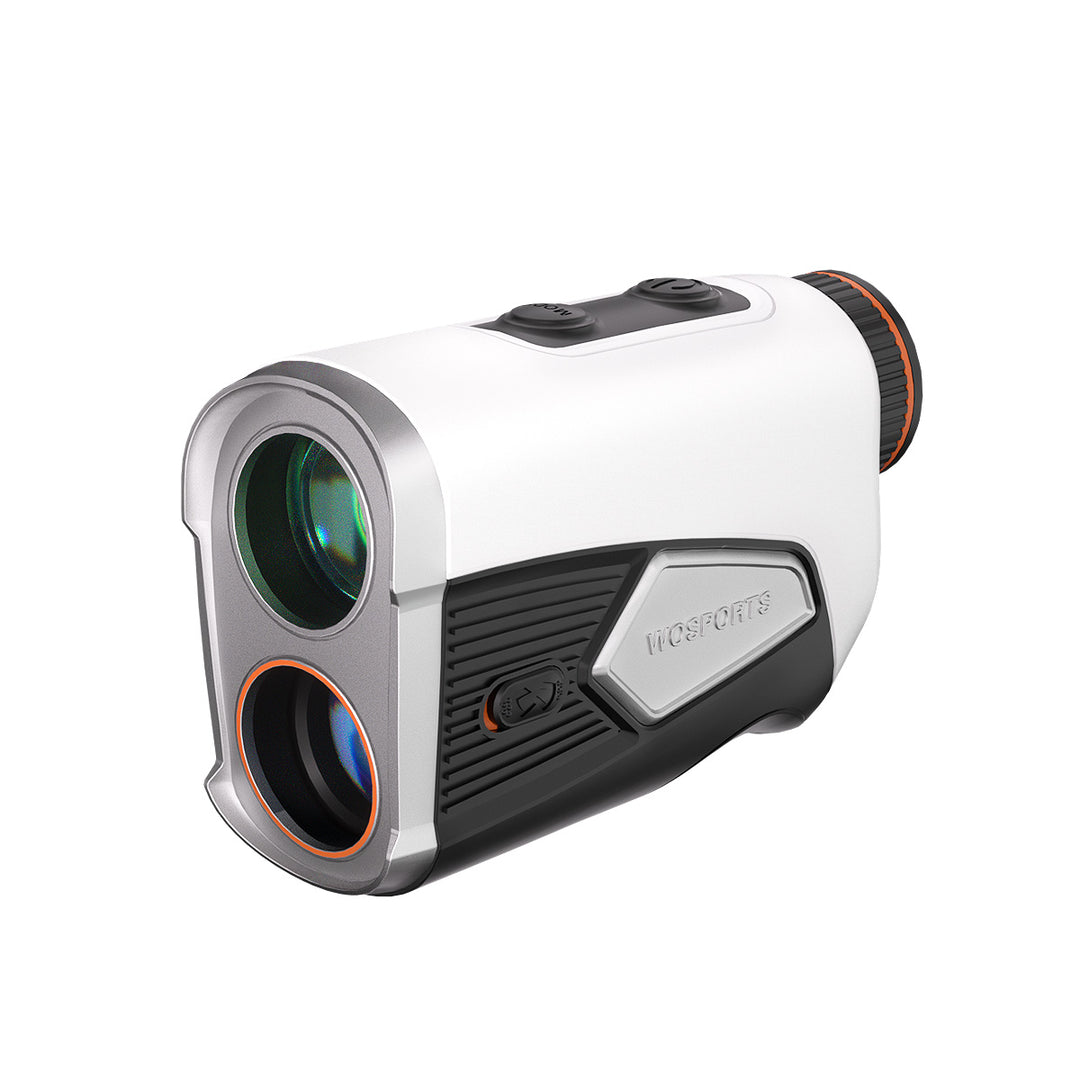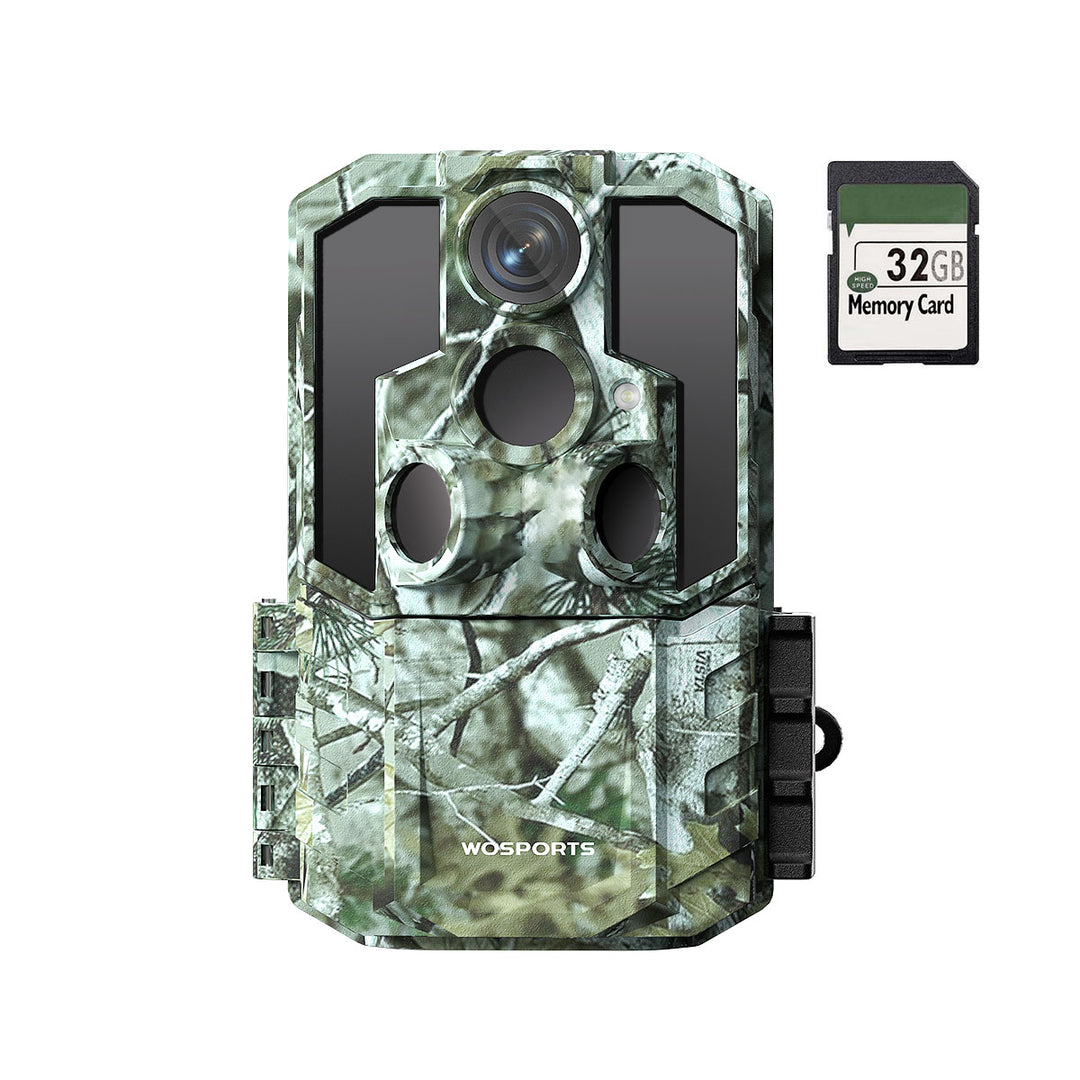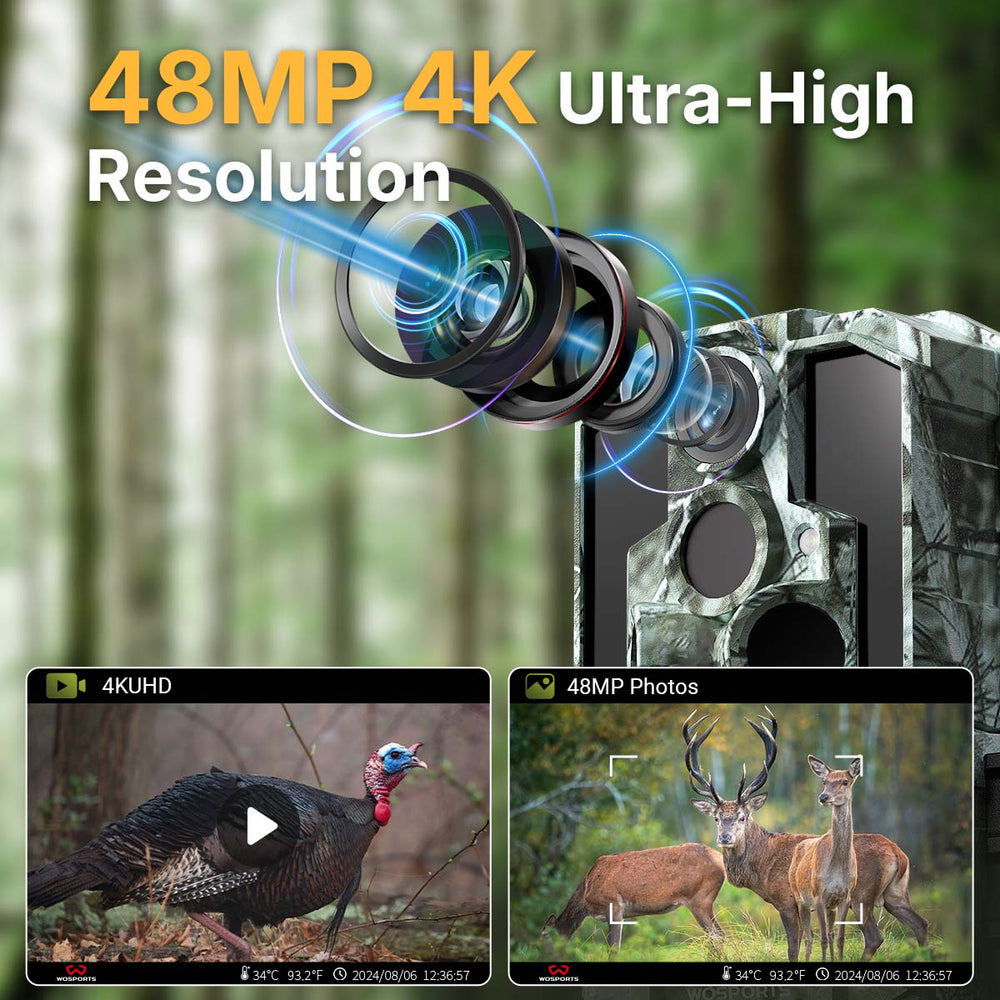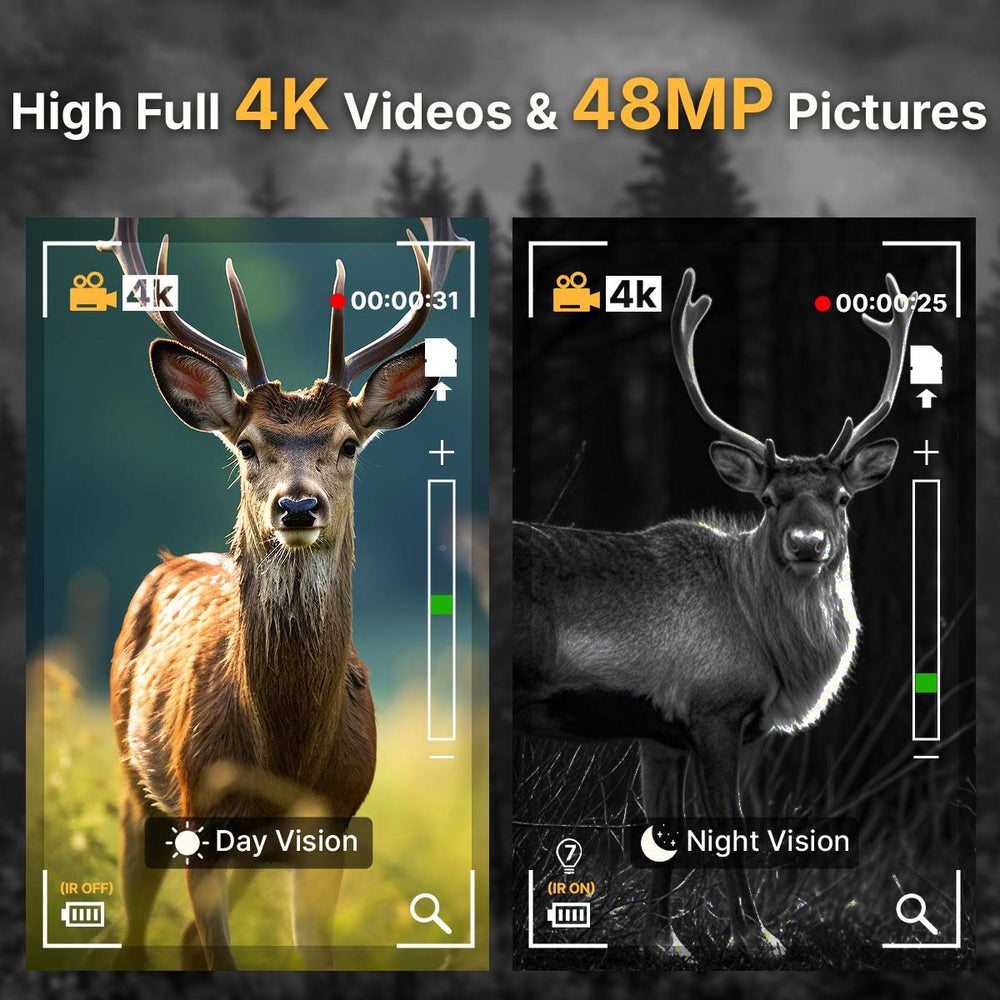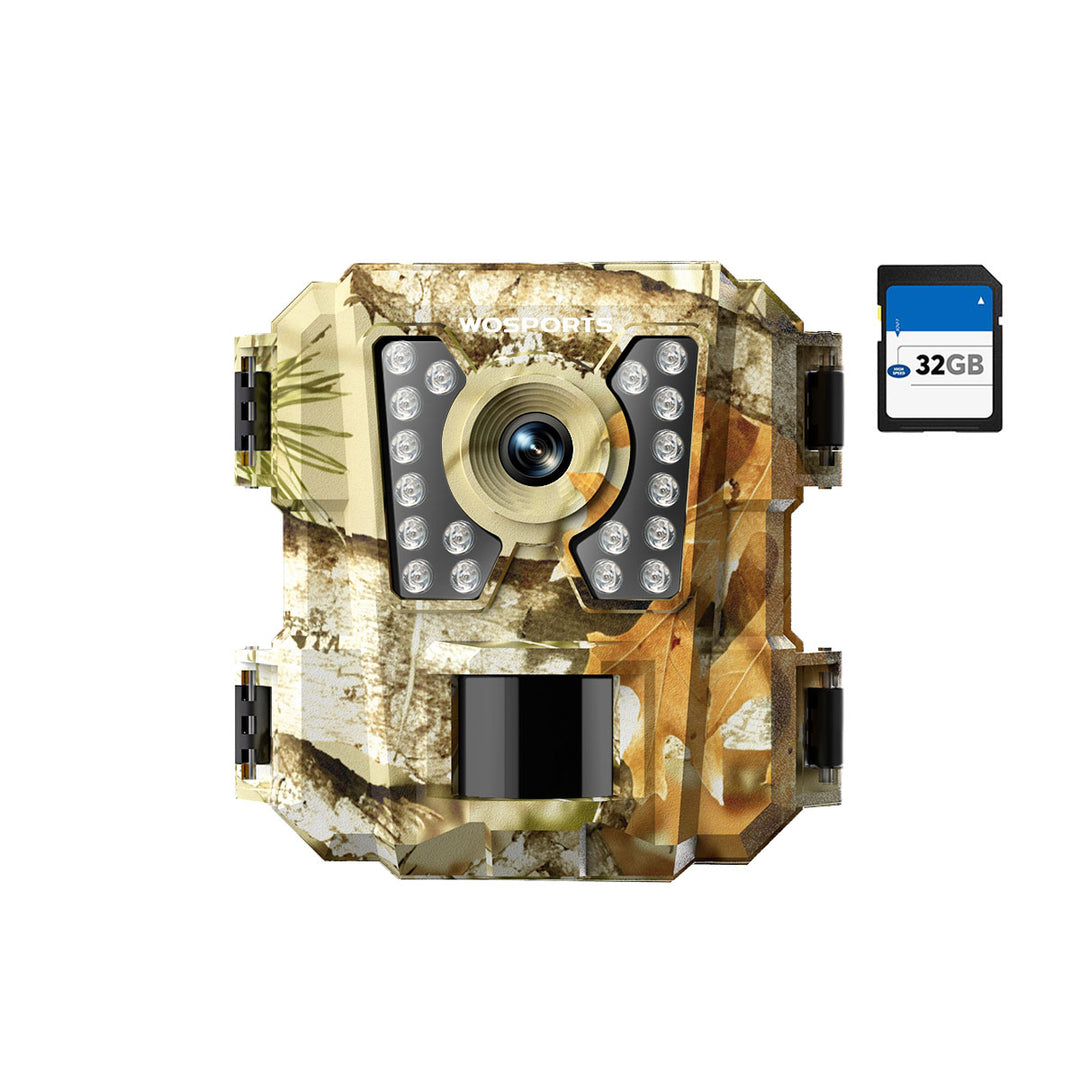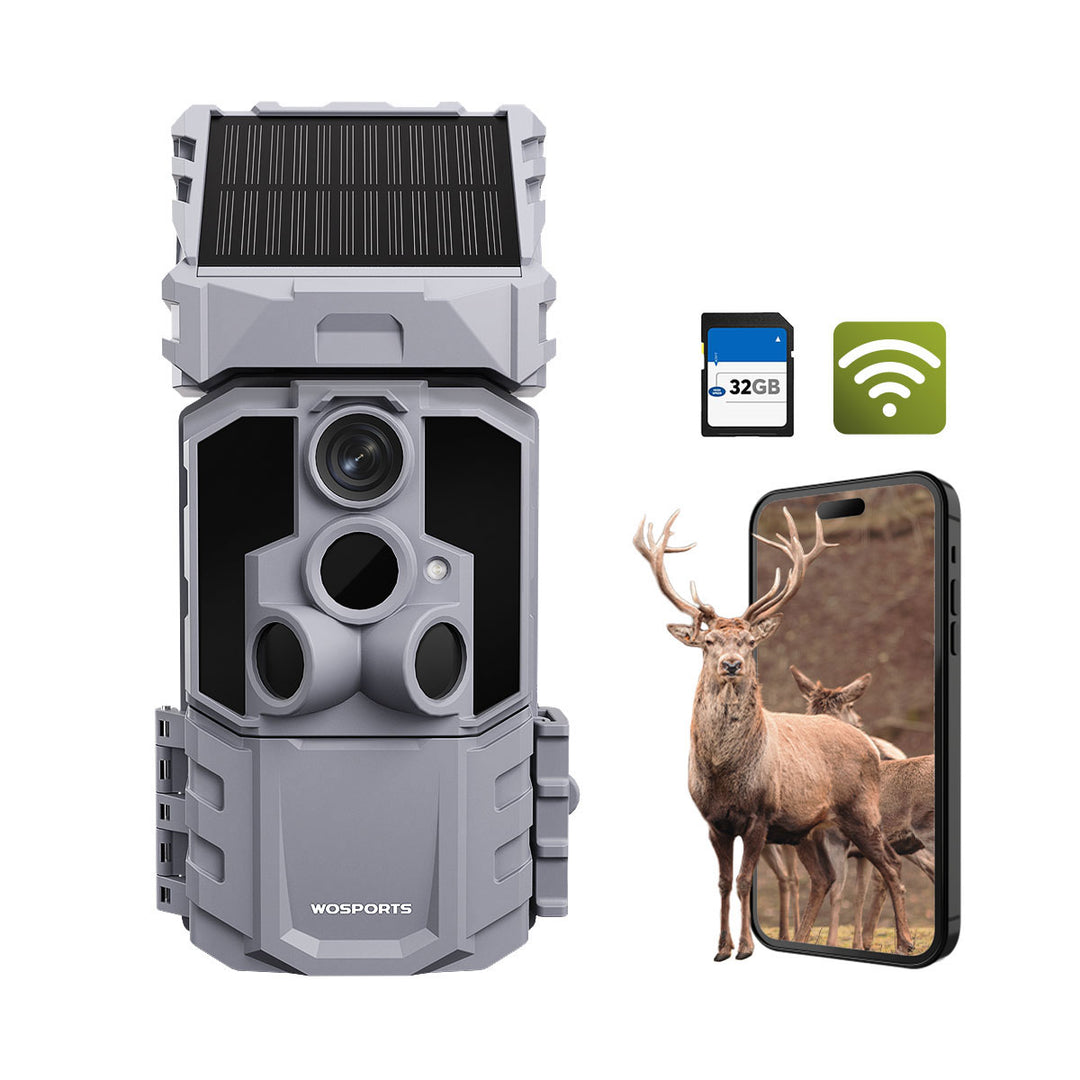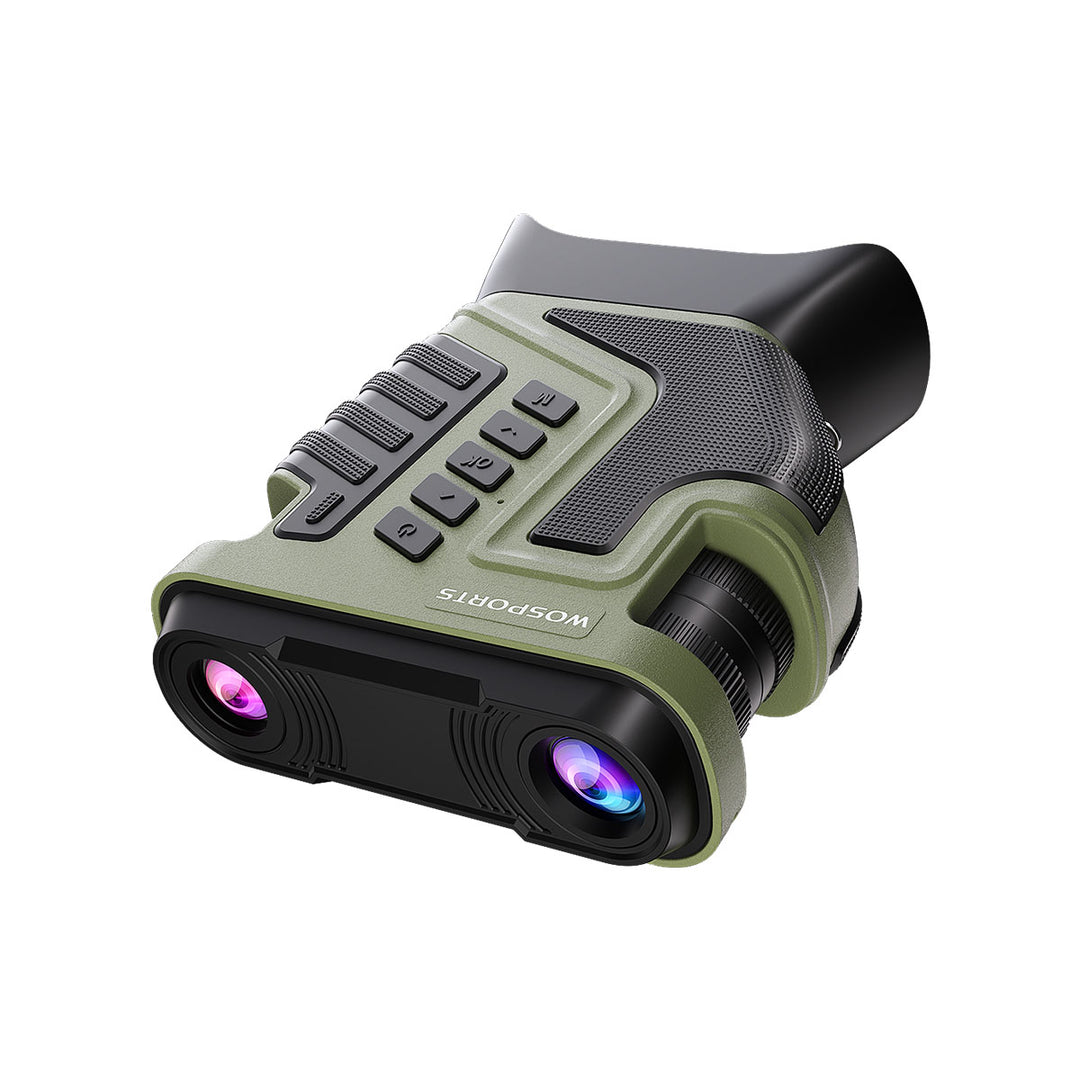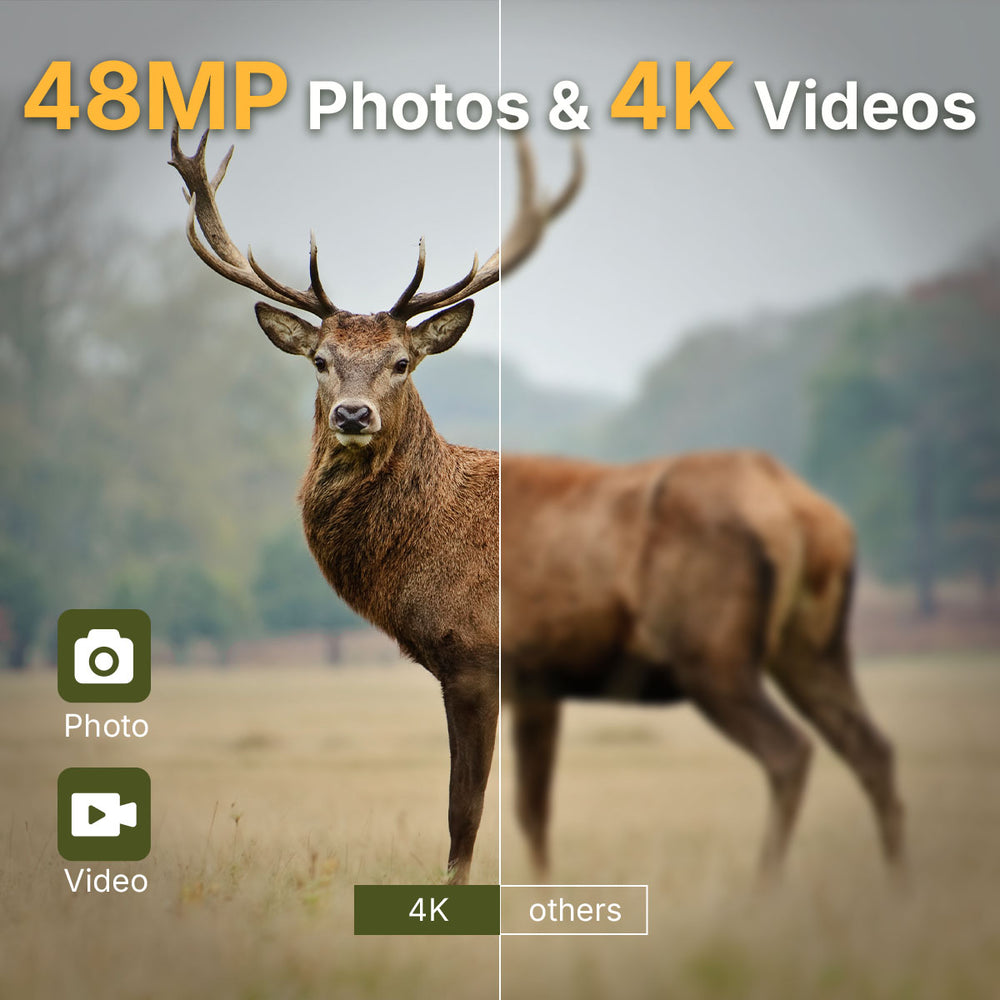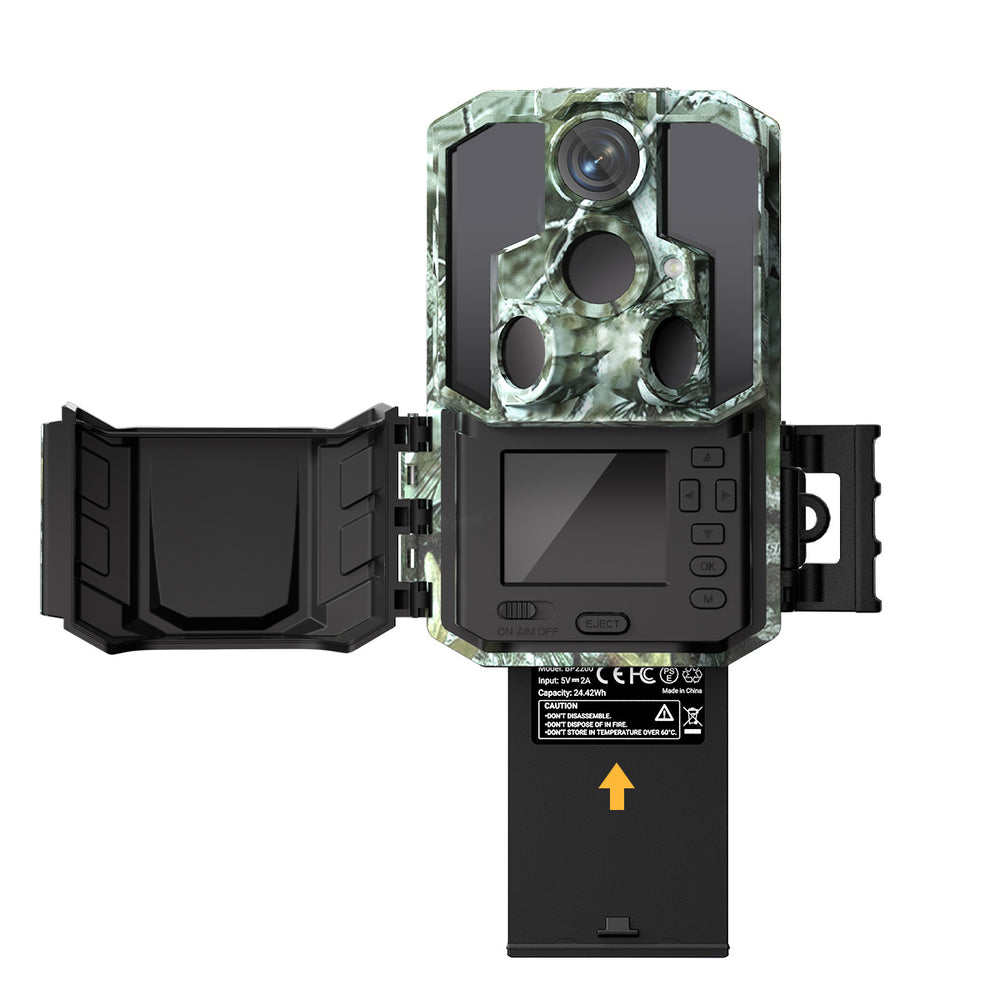How to Secure Your Trail Camera?
Securing your trail camera isn’t just about protecting the device itself. It’s about protecting the hours of scouting, rare wildlife moments, and hard-earned insights that live on its SD card. The good news? With a few smart setup habits and the right equipment, you can keep your camera safe, hidden, and working all season long.
Choose a Safe but Strategic Location
First off, where you put your camera is key for keeping it safe.
A good place should have a few things going for it: the camera can see well, people can't easily see the camera, and you can attach it securely.
Don't just stick your camera right on animal trails or paths where everyone walks. Instead, put it maybe 10–15 feet away from the main path, pointing a bit towards where things move. Use trees, tall grass, or shadows to help hide it.

If you're keeping an eye on buildings or driveways, put the camera up high so people can't mess with it—around 6–7 feet off the ground, angled down a little.
Use Lock Boxes and Cables
Even great hiding spots won't stop a determined thief, so protect your camera with physical security.
Lock Boxes:
These metal boxes keep people and animals from messing with your camera. Get boxes made for your camera so they don't block the lens, sensor, or ports.
Python Cables:
A tough steel cable lock (like a Python cable) fastens your camera and box to a tree or post. Make sure it's not too loose or too tight.
If you have several cameras, use both lock boxes and cables to secure them.
If you need a lot for professional or property use, WOSPORTS sells security stuff that goes with their in-bulk trail cameras.
Camouflage Your Camera Naturally
Blending in is both a skill and a science. The point is to make your camera look like it's part of the scene, not just hidden.
Instead of fully covering it, work with what's around:
Put your camera against something with texture, like tree bark, rocks, or moss, instead of shiny metal or plastic.
Use stuff like leaves or bark to blur its shape.
Don't put anything right on the lens or sensor.
If light bounces off the lens, tilt it down a bit or toward the shade.
Blending in also keeps animals from getting too curious. They probably won't check out something that looks like its surroundings.
Adjust Height and Angle for Safety
Where you put your camera up and down really changes how easy it is to see (or grab).
For watching animals: Put it about 3–4 feet up, matching the animal's height.
For better safety: Put it higher up – like 6–8 feet – and point it down. This makes it harder to reach but still lets it see clearly.
For keeping an eye on your house: Put it at eye level to catch faces or license plates, but use a lock box to keep it safe.
Tiny changes in height and angle can really make your pictures better and keep the camera safe.
Check Your Setup Regularly
Even if you've got a top-notch setup, things can still go wrong if you don't take care of it. Weather changes, animals wandering around, and plants growing can mess with what your camera sees or how accurate it is over time. It's a good idea to check your equipment regularly to make sure everything's still working as it should.
First off, give those straps and cables a good once-over. Make sure they're not loose or rusty. Loose straps can cause your camera to shift, and rusty cables can break, leaving your camera vulnerable to the elements.
Next, don't forget the lens! Dirty lenses, water spots, or even spider webs can ruin your photos, so clean them off for the best picture quality.
Also, take a look at your test photos every few weeks. Just a quick check to make sure everything's still lined up correctly. You want to catch any issues before they become big problems.
How Often Should I Check My Trail Camera?
Lastly, fresh batteries are key. If the batteries get too low, some cameras might reset their passwords and settings. Save yourself a headache and swap them out before they die completely. A little effort to keep your entire system working smoothly!

Conclusion
By choosing secure locations, using proper locks, enabling digital protection, and maintaining your setup, you ensure that every moment you record truly belongs to you.
Search
Popular Posts
Recent Posts

Nov 28, 2024
Troubleshooting Common Trail Camera Issues
Jan 10, 2025
Why Does My Trail Camera Stop Working at Night?

































